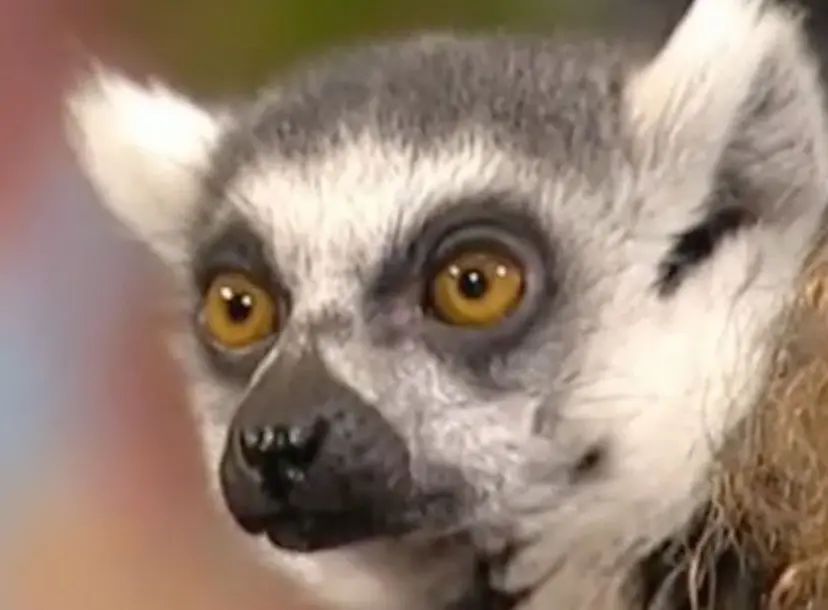Lecture 5 – Weapons of the future
The changes in our climate make it hard to predict whether it will be plants or animals who will win the war. A change in conditions could favour either the plants or the herbivores, breaking the balance. If one side of the war gets an advantage, their population could grow unchecked leading to an 'outbreak'.
Sue Hartley's fifth and final lecture of the series looks at what effects climate change is having on plants and asks whether it might compromise their ability to defend themselves.
About the 2009 CHRISTMAS LECTURES
Over the past 300 million years, plants have had to put up a fight against everything from dinosaurs to hungry caterpillars. But their startling array of defence mechanisms – including poisonous chemicals and cunning ways of communicating with allies – tell us they’re not as helpless as they look.
In this series of five lectures, Professor Sue Hartley explores the fight between plants and their predators, revealing the tricks plants hold up their sleeves, and how much of our daily lives – from our food to our drugs – is a by-product of this great war.
Sue explains the way plants have evolved to defend themselves, and how herbivores have evolved to overcome this in return. We also see how modern agricultural methods are allowing us to manipulate plants to suit our own needs, and how the changes in our climate may ultimately determine whether it is plants or animals that win the war.






